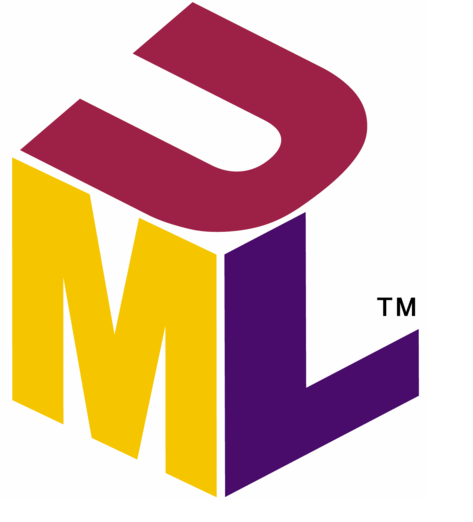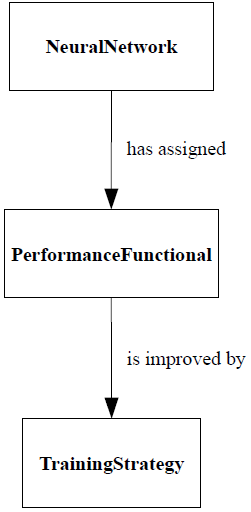
[email protected]
Artelnics - Making intelligent use of data

In this tutorial we present the software model of OpenNN. The whole process is carried out in the Unified Modeling Language (UML).
The Unified Modeling Language (UML) is a general purpose visual modeling language that is used to specify, visualize, construct, and document the artifacts of a software system.
In order to construct a model for OpenNN, we follow a top-down development. This approach to the problem begins at the highest conceptual level and works down to the details. In this way, to create and evolve a conceptual class diagram, we iteratively model:

Classes are usually composed of another classes. The higher level classes manage the lower level ones.
Regarding OpenNN, the three main concepts described above are quite high level structures. This means that the neural network, performance functional and training algorithm classes are composed by different elements. In the next chapters the composition of the high level objects is explained in some detail.
In object-oriented programming, some classes are designed only as a parent from which sub-classes may be derived, but which is not itself suitable for instantiation. This is said to be an abstract class, as opposed to a concrete class, which is suitable to be instantiated. The derived class contains all the features of the base class, but may have new features added or redefine existing features. Associations between a base class an a derived class are of the kind is a.
Some OpenNN classes are abstract, and concrete classes are derived from them. In the next chapters we will describe the inheritance of the main components of OpenNN: the neural network, the performance functional and the training strategy.
A member (or attribute) is a named value or relationship that exists for all or some instances of a class. A method (or operation) is a procedure associated with a class. In UML class diagrams, classes are depicted as boxes with three sections: the top one indicates the name of the class, the one in the middle lists the attributes of the class, and the bottom one lists the operations.
The main members and methods of the different OpenNN classes are described throughout all this manual.
OpenNN Copyright © 2014 Roberto Lopez (Artelnics)